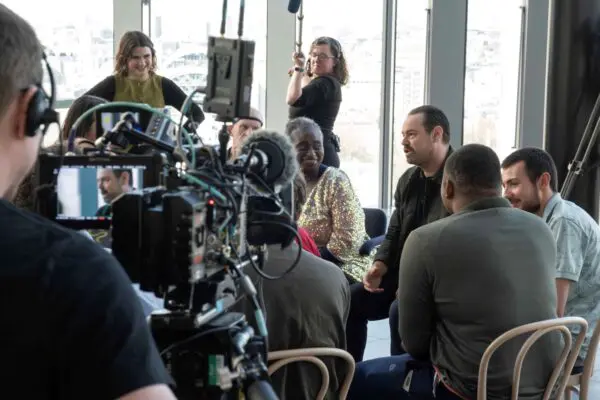The two games are essentially cousins, both spinoffs of the same grassroots design. When some keen players tinkered with the design of fantasy game Warcraft 3 and reshaped it into a fast-paced multiplayer contest for two teams of five, they started a phenomenon. Their new game – Dota – was so popular that some of its creators decided to build a whole new game based on the concept. Riot Games was born, and their first product – League of Legends. Meanwhile, after some legal wrangles, Valve Software – the company best known for hit games like Portal 2 – hired another of the original developers and announced Dota 2 as an official sequel. Together, these two companies are driving the resurgence of eSports – the world of professionalised, competitive gaming – but they both take very different approaches.
Riot pays full salaries to the top teams and organises a regimented system of tournaments, so players can start at the bottom and work their way to the top league. Almost all the funding – including prize money of two million dollars for the World Championships – comes from Riot themselves and their tournament sponsors, including brands like Coca Cola and American Express. Valve takes a more hands-off approach, only directly organising a single tournament – The International Dota 2 Championships. But here, Valve have struck gold – enormous mountains of gold – with a novel approach to funding the tournament prize pool. Valve encourages fans and players to donate directly to The International’s prize fund, with in-game incentives that unlock when it reaches certain target amounts. This has been a runaway success: at the time of writing, the prize fund for this year’s International stands at 9.8 million dollars, and still rising. Already, this easily eclipses the prizes for the Grand National ($4.6 million), the Tour De France ($3 million) and the Wimbledon Men’s Doubles ($2.5 million). It’s roughly equivalent to the prize pot for golf’s US Masters, though it looks like The International will comfortably overtake this by the time the fund closes, leaving the golfers in the dust.







